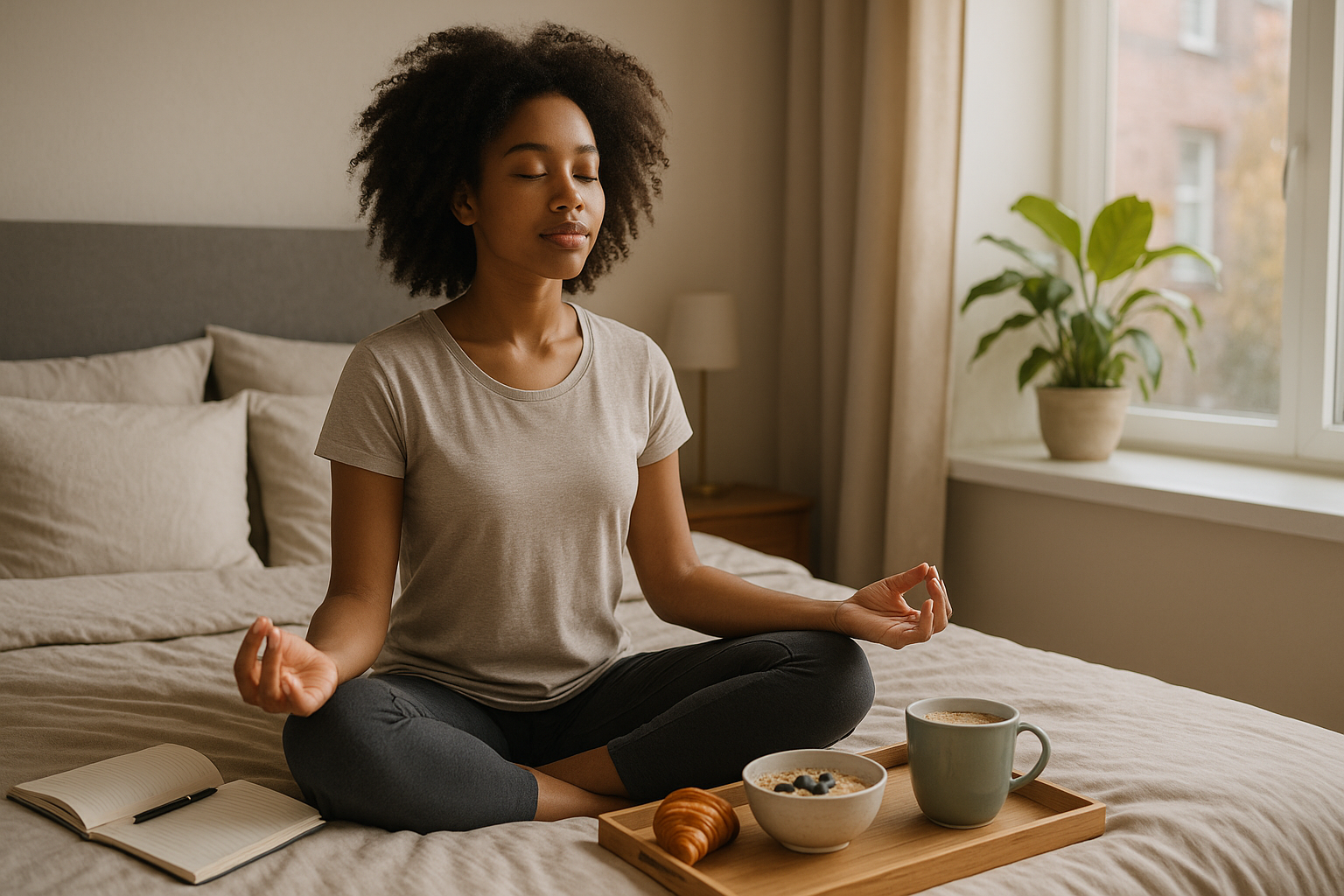In a world full of constant movement, noise, and demands, inner stillness might seem like a luxury. But the ability to find calm within yourself — no matter what’s happening around you — is one of the most powerful skills for emotional health. Inner stillness isn’t about escaping life, but about building a peaceful foundation inside of you, so you can meet life with more clarity, presence, and ease.
What Is Inner Stillness?
Inner stillness is the quiet beneath the noise. It’s the space inside you that doesn’t change with circumstances. It’s not the absence of thoughts or emotions — it’s the ability to observe them without being pulled away by them. Inner stillness gives you the power to respond instead of react and to return to your center when the world feels chaotic.
Why It’s So Difficult to Access
Modern life is fast-paced and overstimulating. You’re constantly receiving messages, notifications, responsibilities, and pressure to stay “productive.” This makes it difficult to pause. The nervous system stays in a state of alert, and your inner voice gets drowned out by noise.
But the stillness is always there — waiting for you to return.
Begin With Just One Minute
Stillness doesn’t require hours of meditation. Start small:
- Sit quietly for 1 minute with your eyes closed
- Breathe deeply and notice your body
- Let your thoughts pass without engaging
This single minute can reset your nervous system and anchor your awareness.
Create Pockets of Quiet in Your Day
You can weave stillness into everyday moments:
- Turning off the radio during your commute
- Drinking your coffee in silence
- Taking 5 slow breaths before entering a room
- Walking without headphones or distractions
These pauses reconnect you with your inner calm.
Let Go of “Doing” for a Moment
Stillness requires you to stop — even briefly. Set aside moments when you don’t need to fix, plan, or respond. Let go of productivity and give yourself permission to simply be. It’s in these moments of “non-doing” that presence deepens.
Observe Without Judgment
When you sit in silence, thoughts and emotions will come. Don’t fight them. Just observe:
- “I’m feeling restless.”
- “There’s a lot on my mind.”
- “I notice I’m distracted.”
Noticing without judging is the gateway to stillness. You don’t need to control your experience — just witness it.
Use Anchors to Return to Stillness
When your mind wanders, gently come back to an anchor:
- Your breath
- The sound of the wind
- A mantra like “I am here”
- The feeling of your hands resting on your lap
Each time you return, you strengthen your inner calm.
Journal to Clear the Noise
Writing helps clear mental clutter. Take 5–10 minutes to release your thoughts onto paper — not to solve anything, just to unload. Often, inner stillness arrives once your mental space has been emptied.
Protect Your Stillness
Once you begin cultivating stillness, protect it. Set boundaries around it:
- Silence your phone during quiet moments
- Communicate to others when you need uninterrupted time
- Say no to unnecessary noise or distractions
Stillness is a gift you give yourself — and one worth guarding.
Final Thought: Stillness Is Always Within Reach
You don’t have to leave your life to find peace — you simply need to create space to feel it. In the center of every storm, there’s a quiet eye. That stillness lives in you, too. Return to it often. Breathe into it. Trust that from this calm center, you can move through life with more presence, purpose, and peace.
